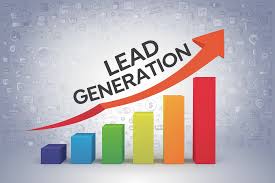
Proven Lead Generation Strategies to Attract and Convert High-Quality Prospects
In a competitive market, lead generation is the lifeblood of sustainable business growth. It’s not just about attracting more leads—it’s about attracting the right leads. Data-driven lead generation strategies help businesses identify, engage, and convert high-quality prospects, ultimately boosting revenue and long-term success.
This guide explores proven lead generation strategies that combine the power of SEO, targeted email marketing, and LinkedIn outreach to optimize sales funnels and improve customer acquisition.
1. Why Lead Generation Is Crucial for Business Growth
1 Attracting Qualified Prospects
Effective lead generation focuses on quality over quantity, ensuring that your sales team spends time on leads that are most likely to convert.
2 Increasing Conversion Rates
Data-driven strategies help optimize the customer journey, leading to higher conversion rates and improved ROI.
3 Expanding Market Reach
Through multi-channel approaches, businesses can connect with new audiences and broaden their customer base.
4 Building Long-Term Client Relationships
By nurturing leads through personalized outreach, businesses can develop stronger relationships and boost customer retention.
2. Core Lead Generation Strategies for Success
1 SEO-Driven Lead Generation
Search Engine Optimization (SEO) is a long-term strategy that attracts organic traffic and high-intent prospects.
- Keyword Research: Target search terms your ideal customers are using.
- Content Optimization: Create valuable, keyword-optimized content that ranks in search engines.
- Local SEO: Optimize for location-based searches to attract nearby leads.
- Link-Building Strategies: Increase domain authority through high-quality backlinks.
2 LinkedIn Outreach
LinkedIn is one of the most effective platforms for B2B lead generation.
- Optimize Your Profile: Position yourself as an industry expert.
- Use LinkedIn Sales Navigator: Target decision-makers and industry leaders.
- Personalized Messaging: Build authentic connections with tailored outreach.
- Content Sharing: Engage your network with valuable, industry-relevant posts.
3 Targeted Email Marketing
Email marketing remains a cornerstone of lead generation, providing a direct line of communication with prospects.
- Segmented Email Lists: Send tailored messages based on customer behaviors and preferences.
- Compelling Subject Lines: Improve open rates with attention-grabbing headlines.
- Strong CTAs: Encourage recipients to take the next step.
- Automated Drip Campaigns: Nurture leads through the sales funnel over time.
4 Content Marketing for Lead Nurturing
Content marketing educates, informs, and guides prospects through the buyer’s journey.
- Educational Blogs and Articles: Position your brand as a thought leader.
- Lead Magnets: Use gated content like eBooks and whitepapers to capture contact information.
- Webinars and Virtual Events: Engage directly with prospects in real-time.
- Case Studies and Success Stories: Showcase your expertise and build trust.
5 Paid Advertising and Retargeting
Paid ads help businesses reach new prospects, while retargeting ads re-engage visitors who previously interacted with your brand.
- PPC Campaigns: Use Google Ads and Bing Ads to drive high-intent traffic.
- Social Media Ads: Leverage platforms like LinkedIn and Facebook to target specific demographics.
- Retargeting Strategies: Serve ads to users who’ve visited your website but haven’t converted.
3. Best Practices for Optimizing Lead Generation Efforts
1 Define Your Ideal Customer Profile (ICP)
Understanding your target audience is key to creating messages that resonate. Identify demographics, pain points, and purchasing behaviors to tailor your outreach.
2 Personalize Your Marketing Approach
Generic messaging falls flat. Personalized emails, ads, and content increase engagement and foster stronger connections.
3 Implement Multi-Channel Strategies
Combining SEO, email marketing, and social media outreach maximizes visibility and increases the chances of attracting high-quality leads.
4 Optimize Landing Pages for Conversions
Design user-friendly landing pages with clear CTAs, concise copy, and engaging visuals to encourage prospects to take action.
5 Analyze and Refine Your Campaigns
Use analytics tools to track lead generation performance, identify bottlenecks, and optimize campaigns for better results.
4. Common Lead Generation Mistakes and How to Avoid Them
- Ignoring Data Analytics: Without performance data, it’s impossible to know what’s working and what needs improvement.
- Overlooking Follow-Up Strategies: Not every lead converts immediately—consistent follow-ups can make a difference.
- Focusing on Quantity Over Quality: Generating a high number of unqualified leads wastes time and resources.
- Failing to Personalize Outreach: Tailored messaging increases engagement and conversion rates.
- Neglecting to Nurture Leads: Build long-term relationships by providing value at every stage of the customer journey.
5. Measuring Lead Generation Success
Tracking the right metrics ensures your lead generation strategies are delivering results. Focus on:
- Lead Conversion Rate: The percentage of leads that turn into paying customers.
- Customer Acquisition Cost (CAC): The cost of acquiring each new customer.
- Customer Lifetime Value (CLV): The total revenue generated from a customer over their relationship with your business.
- Email Open and Click-Through Rates: Indicators of engagement in your email campaigns.
- Return on Investment (ROI): Evaluates the overall profitability of your lead generation efforts.
Conclusion
Mastering lead generation is essential for driving long-term business growth. By implementing data-driven strategies like SEO optimization, targeted email marketing, and LinkedIn outreach, businesses can attract high-quality prospects, improve conversions, and strengthen customer relationships.
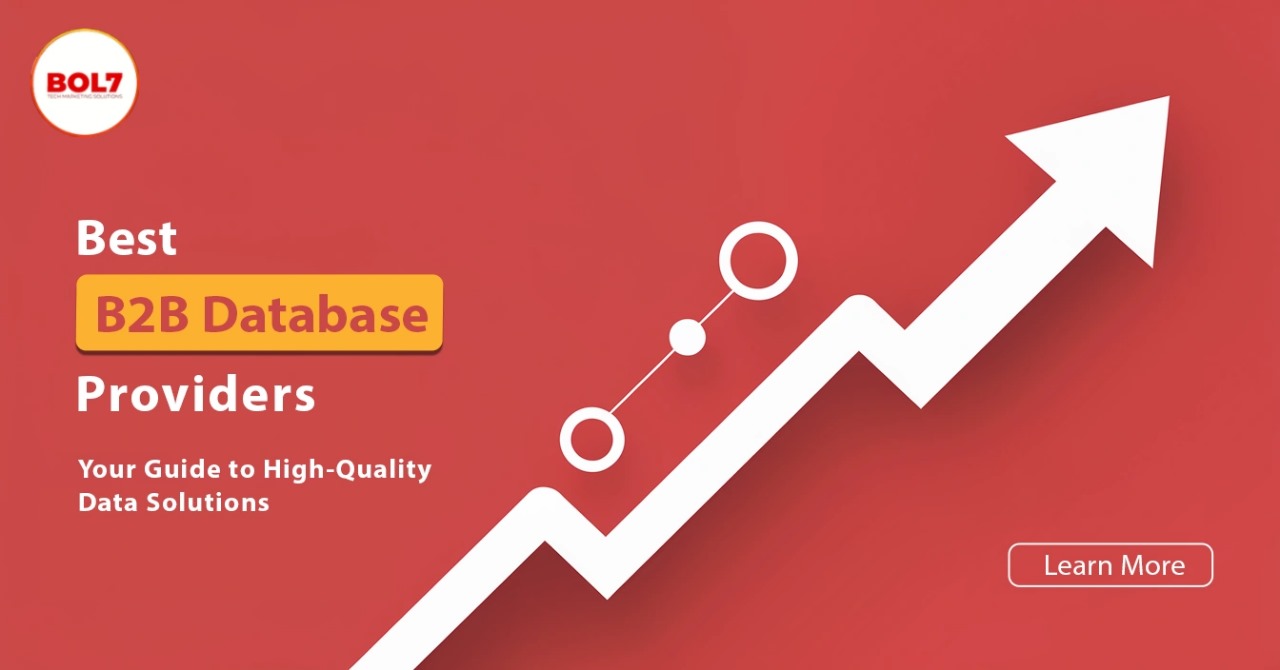




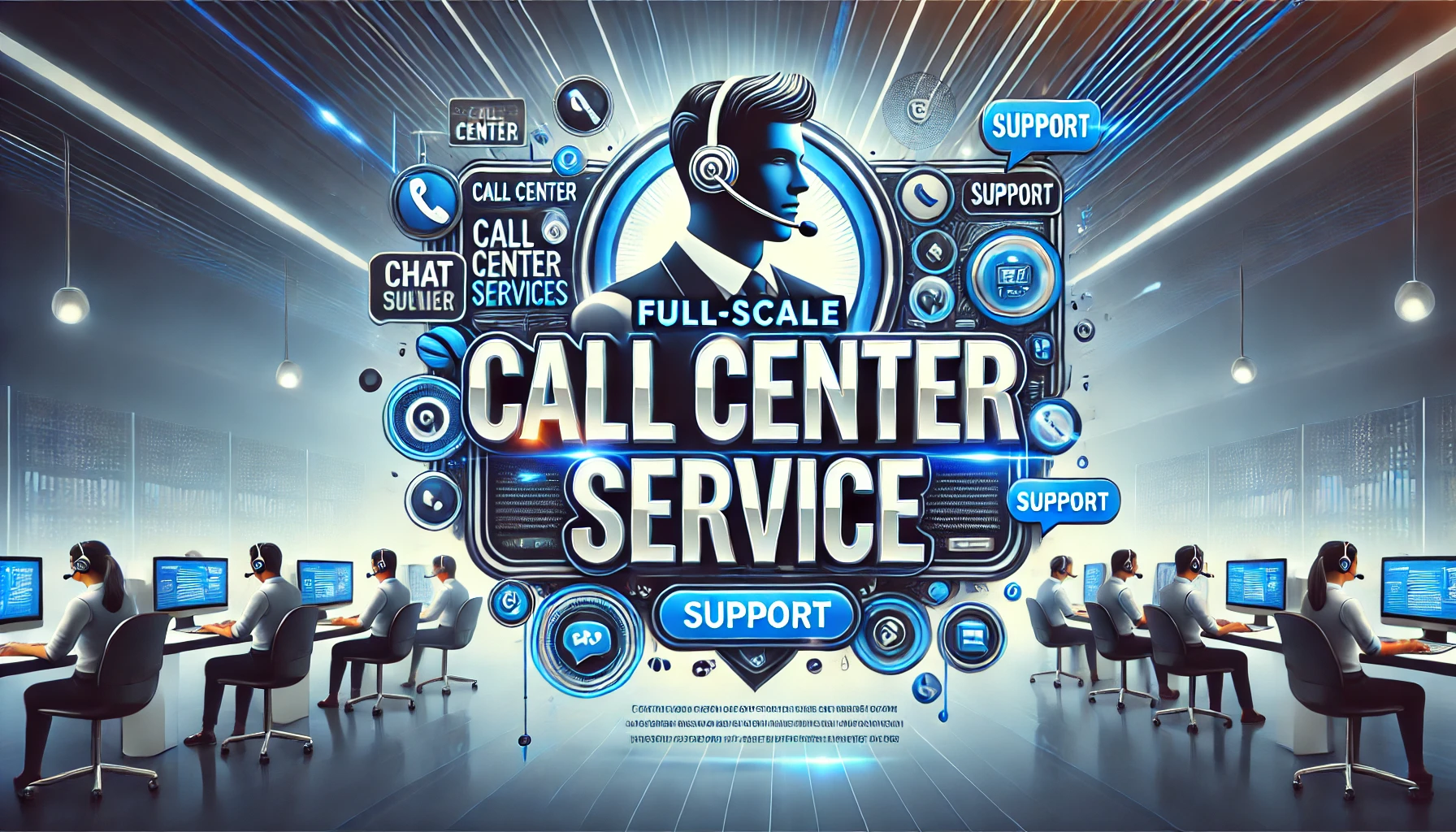
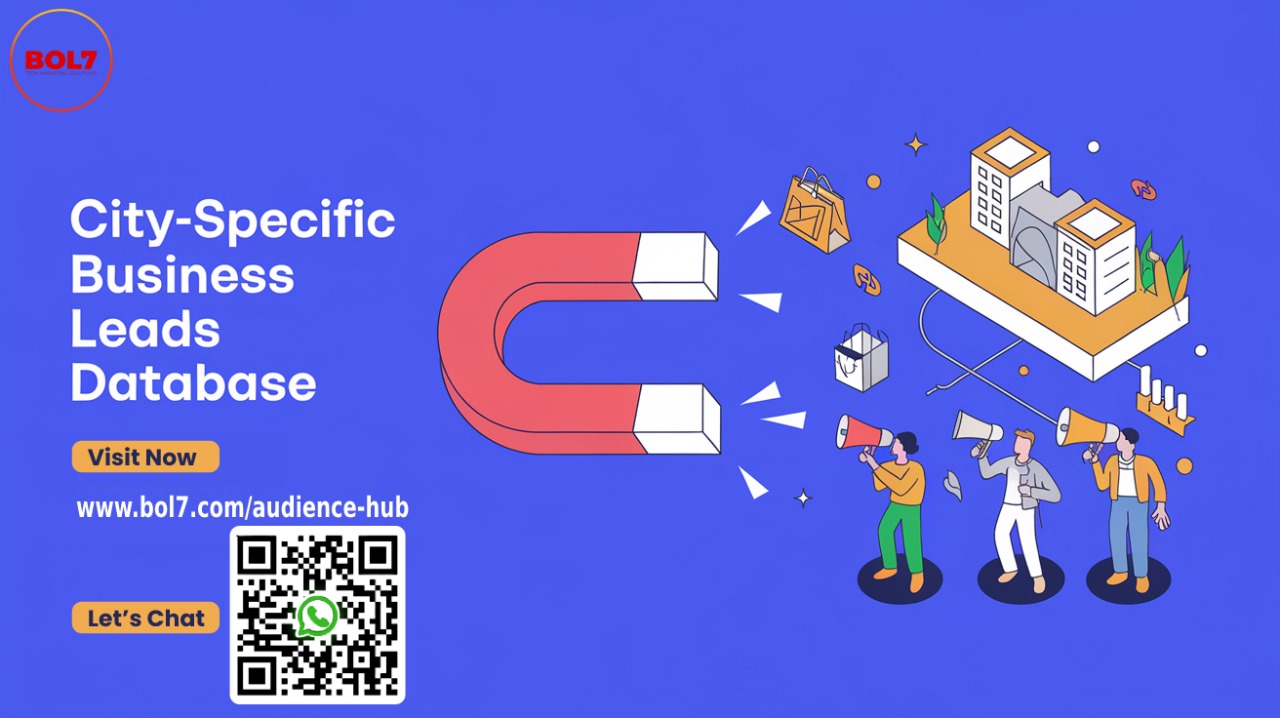
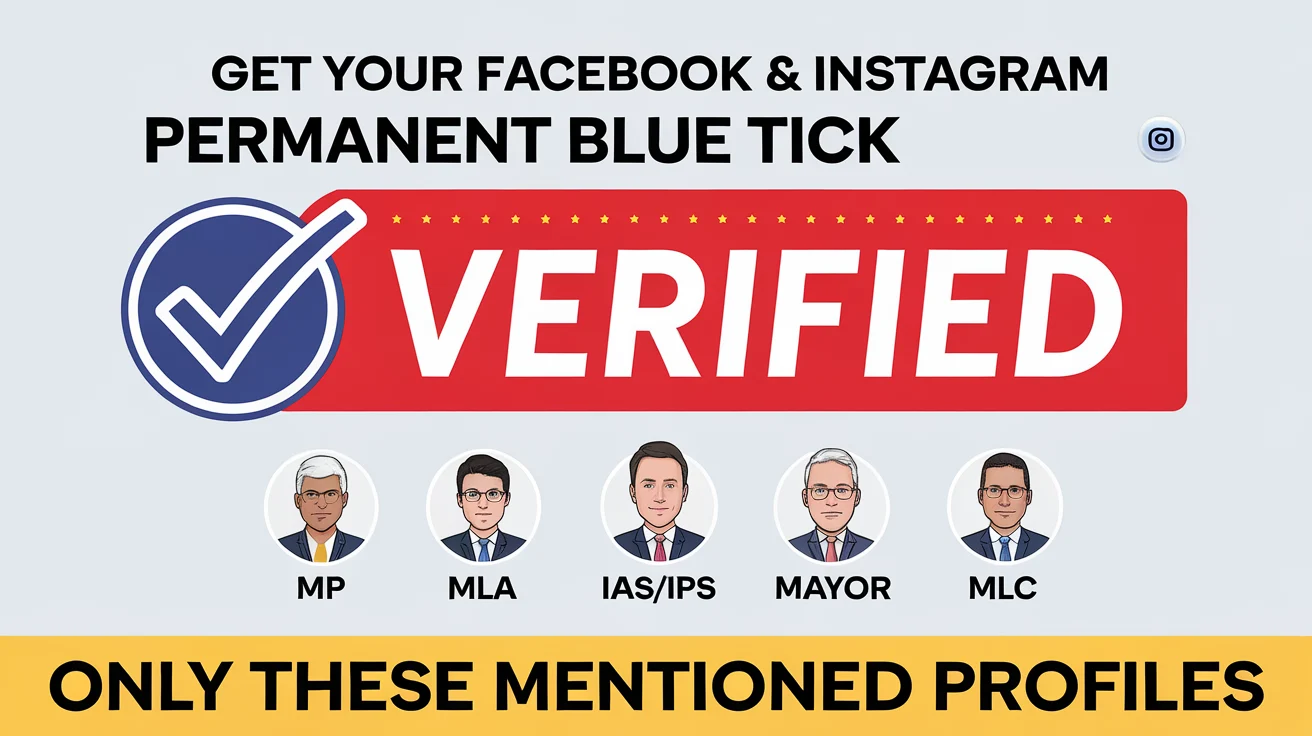


0 Comments